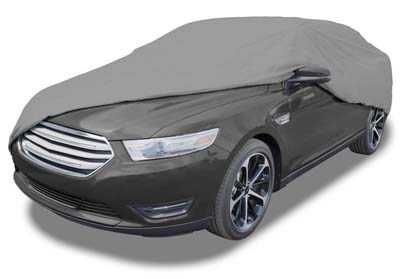Losing control of our car during a rainy day can be a frightening experience. The most common advice to prevent skids is by driving carefully and slowly. This is especially true on curves. Before we enter the curves, it is important to slow down the car. Brake and steer with light touches. If the curve is very sharp and our car seems to skid, we should remain calm. Slowly remove our right foot from the accelerator and carefully steer the car to the proper direction, preferably try to remain at the middle of the street and follow the lane. In essence we need to steer into the skid. If we do this properly, the front end of our car should be in line with the back end. We should avoid using brake excessively if our car doesn’t have the anti-lock brakes; because this could make the situation much worse.
If we want our car to become more stable, we should allow enough space with the car in front of us. Braking too hard during a rainy season can cause serious instability issue. During wet weather, we could only brake moderately or lightly when the road surface is very wet with a layer of thin, moving water. If we brake too hard, our tires will lock up and our car becomes uncontrolled. It is likely that our car will swerve, hitting trees, poles or other cars. If the rain is intense enough, we could drive in the slow lane, at least until the rain begins to subside and the road is no longer too wet. We should also check the road surface and if the surface looks discoloured, it is possible that there’s some amount of oil deposited by other cars. This will make that road become even more slippery. When changing lane, we should do this slowly.
Eventually, we may need to drive through water. This could happen when water floods some sections of the road and it drains too slowly. We should see whether cars in front of us are able to pass through the water. Even if they do, we should drive cautiously and very slowly. It is better to make the U-turn, if the water seems to move quickly or we may wait at the side of the road, until the water begins to subside. It requires plenty of energy to move a huge amount of water and our car could be swept off the road, endangering our lives. If the water doesn’t seem to move, but we are not sure about its depth; it is better to stop for a while and check it. In general, it is not advisable to drive the car through the water if it is deeper than the bottom part of our door. In many cases, it is much faster and easier to seek a detour or alternative route, although it is twice longer. Water could easily damage electronic systems, leaving our car stalled in the middle of the pooled water.
























